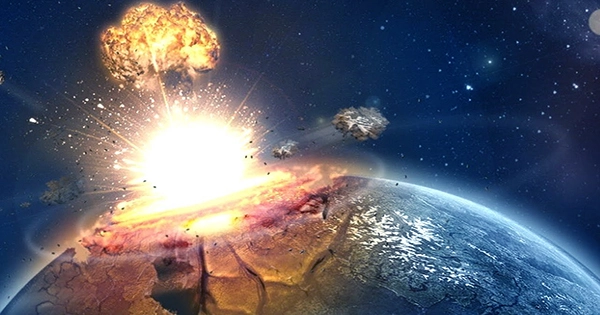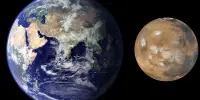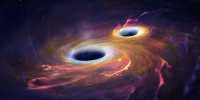If you’ve seen anything on the internet concerning a giant asteroid colliding with our planet, don’t panic. Today, a space rock will not strike us, and its magnitude has been inflated. The asteroid, dubbed 2009 JF1, is classified as a dangerous asteroid, which means it might impact our planet in the future, but we’re safe for now. It was so faint after its discovery in 2009 that it went unnoticed for years. There was a slight chance it will reach our planet, maybe on May 6, based on the first sighting. It was mostly predicted to pass by at a great distance, but the uncertainty was so great that it was classified as a danger by the European Space Agency’s (ESA) Near-Earth Objects Coordination Center.
However, because to additional data by its Gaia satellite, ESA kicked it out of the top ten in February. Based on the light it reflects, the data revealed that it was only around 10 meters (33 feet) wide this time. This is smaller than the bolide that burst above Chelyabinsk, Russia, in 2013. “The asteroid has now been downgraded together with other more routine objects that offer negligible concern,” ESA announced at the time.
It is also unclear when it will pass us by. Astronomers aim to watch it in the following days to better understand the present near approach, including the distance and exact date and time. Both NASA and ESA have it set for May 15, give or take a few days. “In fact, the date uncertainty is prompted by existing limited information of the asteroid’s trajectory,” an ESA Planetary Defence Office spokeswoman told IFLScience.
“We are almost positive that the prospective impact on May 6th can be ruled out (impact probability of only 1 in 1,700,000).” That’s one in every 1.7 million chances of colliding with Earth, making it very implausible. On Monday, we’ll get another celestial guest as asteroid 2006 JF42 passes by. It would inflict a lot more harm if it impacted us at 380 to 860 meters (1,247 to 2,822 feet) wide. Fortunately, it will pass by at a distance of 5.7 million kilometers (3.5 million miles), more than 14 times the distance between Earth and the Moon. This isn’t to argue that the possibility of an asteroid crash should be dismissed.
As part of the bi-annual Planetary Defense Conference, international governments and space organizations participate in a tabletop simulation on how to cope with oncoming space rocks. To be fair, Earth hasn’t had much luck deflecting the asteroid thus far, with major swaths of Europe obliterated and New York City in ruins. Perhaps NASA’s first planetary defense mission, which will smash into an asteroid and knock it off track before it can reach us, will be more successful.
The DART mission was launched in November of last year, and we’ll find out if it works when it gets at its target, the asteroid Dimorphos, in September of this year. China just declared that it will launch its own asteroid-smashing mission in 2025. To be clear, there are presently no known asteroids with trajectories that will destroy Earth, but it’s always wise to be prepared. “Planetary defense” is defined by NASA as “identifying asteroids before they find us.”















